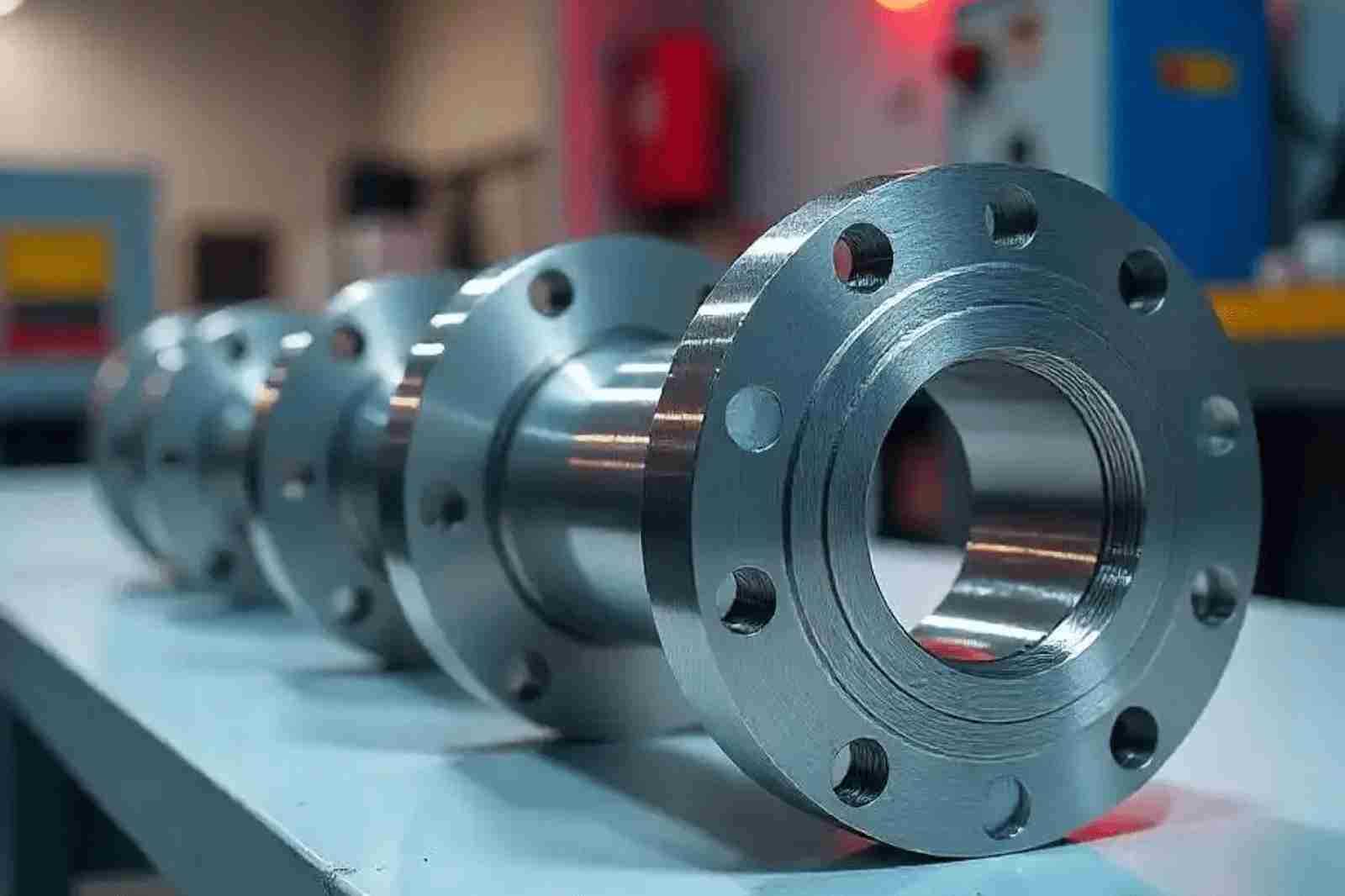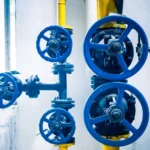Choosing the Right Material for Threaded Flanges: A Complete Guide

When it comes to selecting the right materials for threaded flanges, the choice can significantly impact the performance, durability, and cost-effectiveness of your piping systems. Threaded flanges are widely used in a variety of industries, including oil and gas, water treatment, and manufacturing, due to their ease of installation and versatility. This guide will help you understand the factors involved in choosing the right material for threaded flanges and why the material choice is crucial for specific applications. Whether you are sourcing threaded flanges in Qatar or working with a flanges supplier in Qatar, understanding the materials involved is key to ensuring the longevity and safety of your projects.
What Are Threaded Flanges?
Threaded flanges are designed to be screwed directly onto the pipe, making them one of the easiest types of flanges to install. These flanges do not require welding, which is particularly advantageous in situations where welding is impractical or where welding equipment is unavailable. The threaded design makes them a great choice for smaller pipes and low-pressure systems.
However, despite their advantages, the material used in the manufacture of threaded flanges plays a significant role in their strength, resistance to corrosion, and overall suitability for various applications. The right material choice ensures the flange performs optimally and resists wear and damage over time.
Key Factors to Consider When Choosing Materials for Threaded Flanges
1. Corrosion Resistance
Corrosion is one of the most common issues faced by threaded flanges, especially in industries dealing with chemicals, high moisture, or saltwater environments. Materials such as stainless steel, which offer excellent corrosion resistance, are ideal in such scenarios.
Stainless steel threaded flanges are perfect for applications in harsh environments such as chemical plants, offshore platforms, and desalination plants. For projects in the Middle East, including countries like Qatar, where the climate is hot and humid, the corrosion resistance of stainless steel can make a substantial difference in the lifespan of your flanges.
2. Temperature and Pressure
Temperature and pressure are crucial factors in selecting the right material for threaded flanges. If the flange is used in high-temperature or high-pressure systems, the material must be able to withstand these conditions without warping, cracking, or losing its structural integrity.
For high-temperature applications, materials such as carbon steel or alloy steels are commonly used. These materials maintain their strength and resistance to heat at high temperatures. On the other hand, materials such as copper or bronze are used in lower-temperature systems but may be unsuitable for extreme pressures or temperatures.
3. Strength and Durability
The strength of the material used for threaded flanges will determine how well it can handle mechanical stresses, including pressure and vibration. For industries like oil and gas, where pipelines experience intense pressure, choosing a strong material like carbon steel is critical.
When sourcing threaded flanges in Qatar, it is important to choose a material that is durable and can handle the demanding conditions of the region’s industrial environments. Carbon steel, stainless steel, and duplex stainless steel are often preferred for these kinds of high-stress applications due to their exceptional strength.
4. Cost and Availability
While material strength and resistance to environmental conditions are essential, cost is also a critical factor when selecting threaded flange materials. Stainless steel, for instance, offers excellent corrosion resistance but is often more expensive than carbon steel or other materials.
When working with a flanges supplier in Qatar, it’s essential to strike a balance between material performance and cost. By understanding the specific needs of your project, you can choose a material that meets both your budgetary constraints and performance requirements.
5. Compatibility with Other System Components
The material of the threaded flange should also be compatible with the material of the pipe it will be connected to. Using incompatible materials can lead to issues such as galvanic corrosion, where different metals react to each other and accelerate corrosion.
In applications that involve various metals, it’s essential to ensure that the threaded flanges are made from materials that will not cause any detrimental reactions. For example, when connecting a steel pipe to a stainless steel flange, special attention must be paid to ensure the two materials are compatible and won’t degrade each other over time.
Common Materials Used for Threaded Flanges
Let’s explore the most common materials used for threaded flanges and their suitability for different types of projects.
1. Stainless Steel
Stainless steel is perhaps the most commonly used material for threaded flanges. It offers excellent corrosion resistance, especially in environments exposed to high humidity, chemicals, or saline water. Stainless steel threaded flanges are widely used in applications like desalination plants, offshore oil rigs, and chemical manufacturing.
In Qatar, where the harsh environment demands materials that can withstand high temperatures and moisture, stainless steel threaded flanges are a go-to choice for many industrial applications.
2. Carbon Steel
Carbon steel is another popular material used for threaded flanges, particularly in industries that do not require exceptional resistance to corrosion. Carbon steel is a strong, durable material and is generally used in low to medium-pressure applications. It’s more cost-effective than stainless steel and is commonly used in the oil and gas industries.
For projects in Qatar, carbon steel flanges are suitable for applications where the environment is less corrosive, and strength is more important than corrosion resistance.
3. Alloy Steel
Alloy steels, including chrome-molybdenum steels, are chosen for applications that require materials to withstand high temperatures and pressures. These materials offer excellent strength and toughness and are often used in industries such as power generation, petrochemical, and refineries.
Alloy steel threaded flanges are ideal for high-pressure systems and are commonly used in the Middle East, including Qatar, where large-scale energy projects often require such materials.
4. Copper and Bronze
Copper and bronze flanges are often used in systems involving low temperatures and low pressures. They offer excellent resistance to corrosion in marine environments, making them suitable for applications in coastal regions.
However, their strength is not as high as steel-based flanges, so they are not typically used in high-pressure systems.
Conclusion
Choosing the right material for threaded flanges is essential to ensuring the performance, safety, and longevity of your piping system. Whether you are working with a flanges supplier in Qatar or sourcing threaded flanges for your projects, it’s crucial to consider factors such as corrosion resistance, temperature and pressure tolerance, strength, and cost.
By understanding the unique requirements of your project and choosing the appropriate material, you can avoid common problems such as leaks, premature wear, and system failure. Ensure that you consult with an experienced supplier like New Word Horizon Qatar (NWH) for guidance on selecting the best threaded flanges in Qatar to meet your needs. With the right material, your threaded flanges will provide reliable service for years to come.



